Woman Lifted Weights 5 Days a Week for 30 Days and Doubled Her Strength

Have you ever hit that point where your workouts just feel like going through the motions? That's exactly where Makari Espe found herself. As a fitness enthusiast with 140,000 YouTube subscribers, she was stuck in a comfortable but unchallenging routine – just lifting weights twice a week for 20 minutes. "I want to be harder, better, faster, and stronger," Makari says, deciding to shake things up by lifting five times a week instead. Could just a few extra gym sessions actually make a real difference? That's what she wanted to find out. And honestly, if you've been feeling stuck in your own fitness journey, her results might be exactly the motivation you need.
The Challenge Setup
Before diving into her intensified routine, Makari established a baseline to measure her progress. "I did a 1 minute and 30 second plank hold, 1 minute wall sit, 2 chin-ups, 10 push-ups, and 25 shoulder presses with 10 pound weights," she shares. This initial test wasn't without emotional hurdles. "The last time I did a test like this, I was about 19, and I did a lot better then. So at this moment right here, I'm currently comparing myself to how strong I was as a teenager," Makari admits.
RELATED: Tone Sagging Arms in 2 Weeks With These 5 Exercises
Week 1: Building the Foundation
Makari's new routine followed a strategic split to maximize results while preventing burnout. "The idea is to do two big muscle groups per workout so that each muscle group is rested by the time you work it out again, and we're not all out here hating our lives," she explains. Her weekly schedule included:
- Day 1: Back and biceps
- Day 2: Legs and shoulders
- Day 3: Rest
- Day 4: Chest and back
- Day 5: Legs and core
- Day 6: Rest
- Day 7: Chest and triceps.
Adjusting to Longer Sessions

The extended workout time was immediately noticeable. "As someone who is used to doing 20 minute workouts, I'm definitely noticing that extra 10 minutes," Makari points out.
Week 2: Increasing the Intensity
Moving into the second week, Makari transitioned from beginner to intermediate workouts. "The intermediate program is significantly harder than the week 1 program. The positions require way more coordination and core stability, and I'm fitting a lot more reps into this 30-minute time frame," she reveals.
This increased difficulty targeted specific muscle groups more intensely. "My triceps are killing me. More so than any other muscle group this whole challenge so far, my triceps are dead," Makari shares.
RELATED: 12-3-30 Walking Method: 20 Proven Tips to Lose Weight Faster
Mental Hurdles
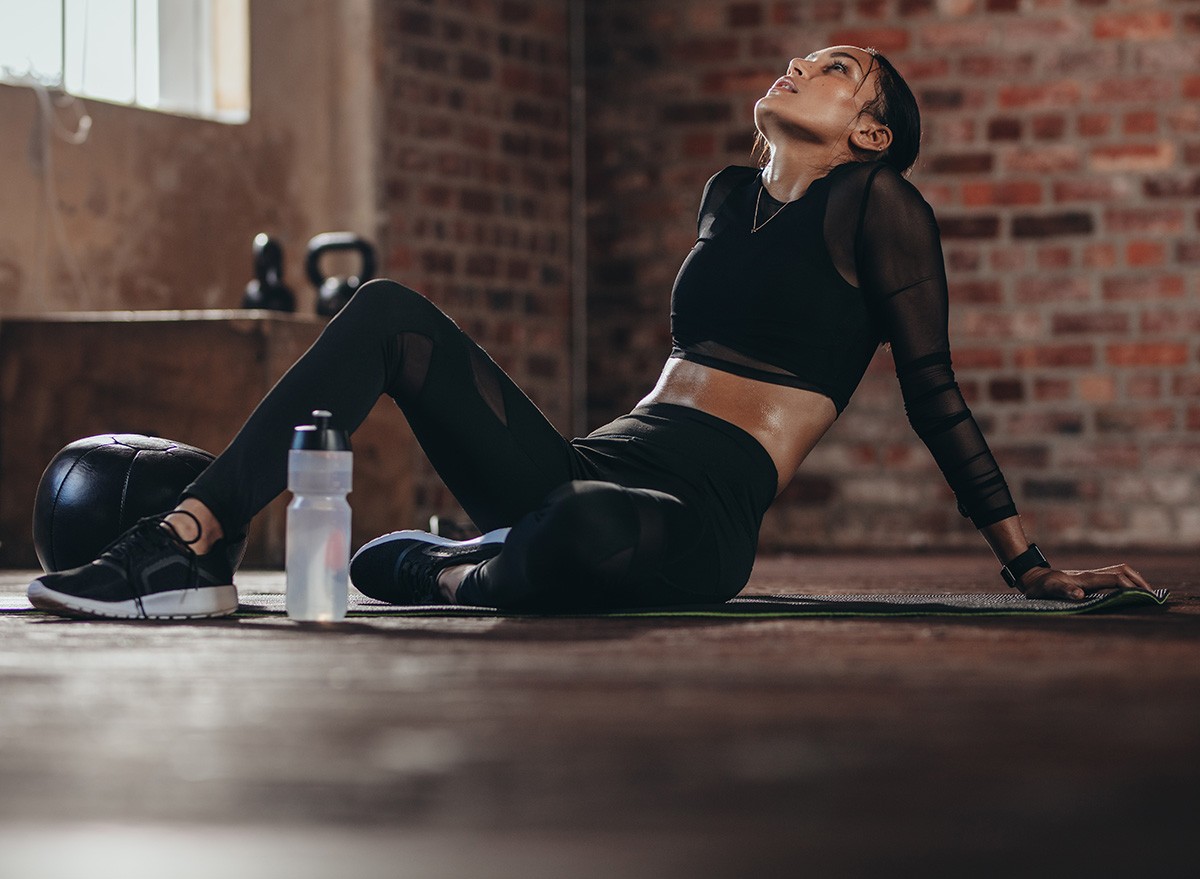
Despite the physical challenges, mental obstacles became apparent. "Morale is a solid 6 out of 10. The 30 minutes are going by way faster than before, so that's good. But I still have to drag myself to the gym, and repeatedly tell myself to trust the process," she admits.
Week 3: Finding the Rhythm
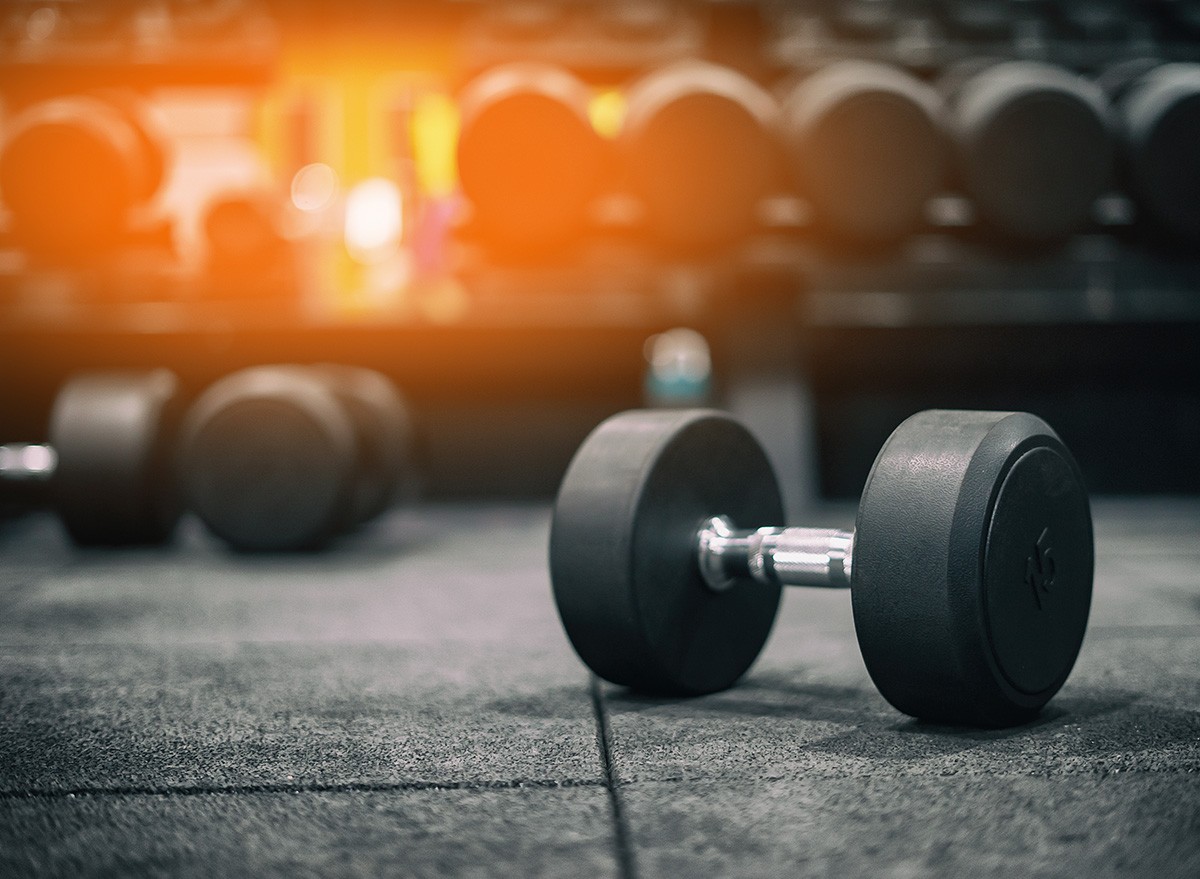
By the third week, Makari's body was responding to the consistent training. "I've gone up a weight. My heavy is now 20. It used to be 15," she says proudly.
Recovery became equally important as the workouts themselves. "The swim was amazing for many reasons, but the main one was it was so nice on my sore muscles," Makari explains after incorporating swimming on one of her rest days.
Nutrition Support
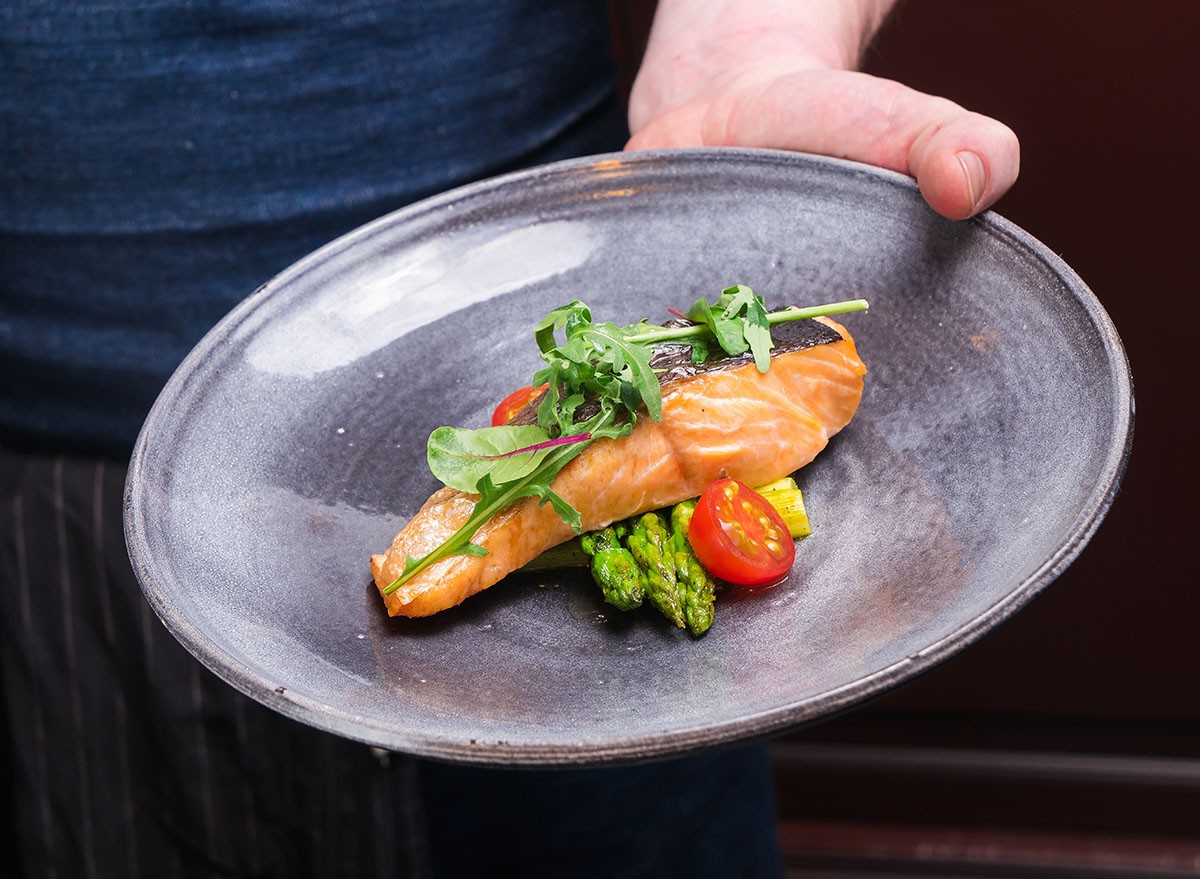
The combination of consistent training and nutrition adjustments began paying dividends. "I changed my diet up a little bit last week. So I'm putting so much more good fuel into my body which is giving me more energy to perform in the gym," she shares.
RELATED: I Got My Best Body After 50 and Here's How You Can, Too
Finding the Joy
This holistic approach transformed her relationship with exercise. "I've crossed the threshold or I've found the joy in weightlifting again. I'm not just lifting weights to go through the motions and like do it because I know I have to. I'm doing it because I know I can," Makari reflects.
Everyday Energy Boost

Makari also noticed improvements in her daily activities. "I feel so much more energetic throughout the day. Tasks that used to tire me out now feel easier," she explains. The increased strength translated to practical benefits beyond aesthetics.
Sleep Improvements
Her sleep quality showed remarkable improvement as well. "I'm falling asleep faster and waking up more refreshed. My body actually craves that deep recovery sleep now," Makari shares. This unexpected benefit reinforced her commitment to the program despite the challenging schedule.
Week 4: The Transformation

The final week revealed not just physical improvements but mental ones too. "Now that I'm over the hump, I actually feel even stronger than I did as a teenager. This is going to sound really cheesy but it's because not only do I feel physically stronger but I feel stronger in my brain," Makari explains.
RELATED: 20 Foods You Didn't Know Were Ultra-Processed
Time Investment Reality
The time commitment remained significant but worthwhile. "Roughly three and a half hours every week is a lot of free time to be able to put towards working out. But ultimately it makes me feel so much better outside of the gym," she acknowledges.
Stress Management
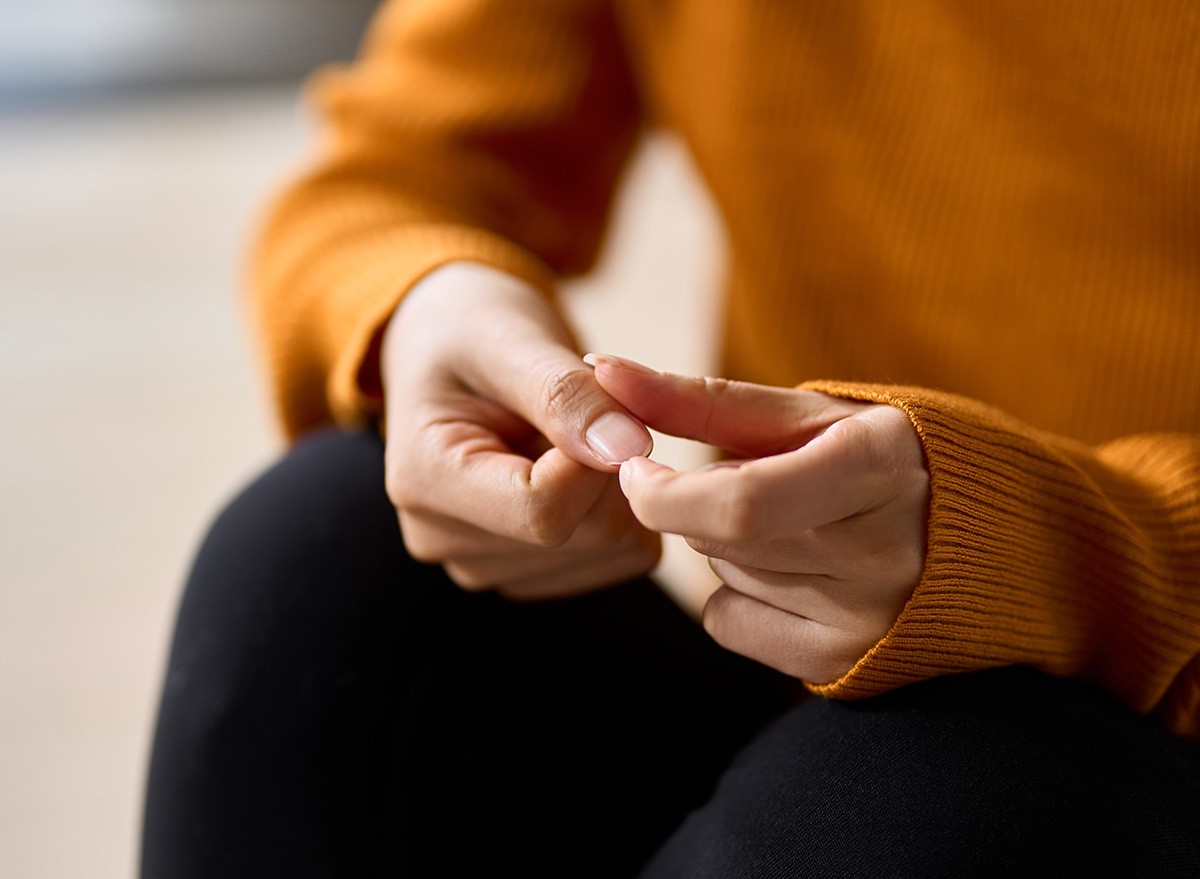
Makari noticed significant changes in her stress resilience. "I handle daily challenges with more calm now. Things that would've stressed me out before don't affect me as much," she shares. This mental toughness became one of the most valuable outcomes of her experiment.
Confidence Beyond the Gym
Her confidence also soared beyond physical appearance. "When you prove to yourself that you can stick with something challenging for a month, it changes how you approach other difficult things in life," Makari explains. "I'm more willing to take on new challenges because I know I have the discipline to follow through."
Metabolic Improvements
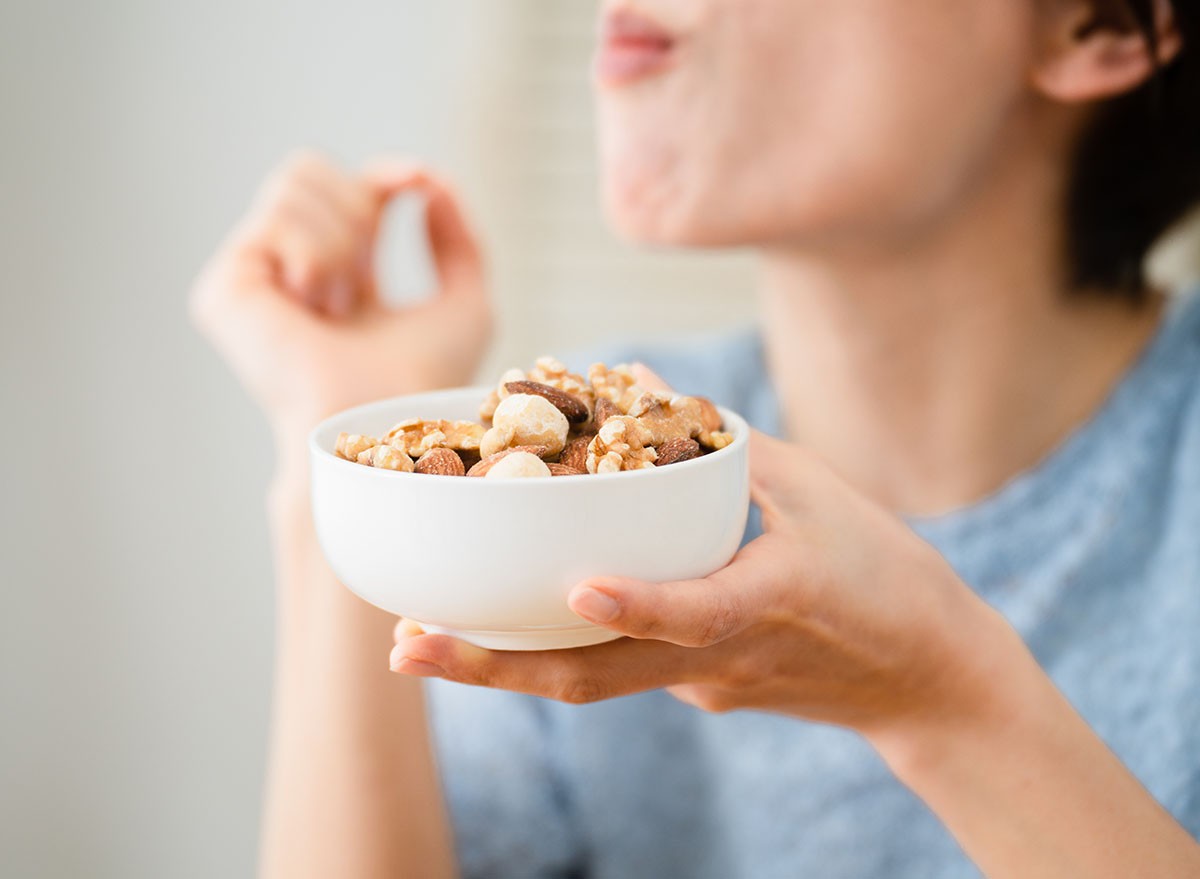
The metabolic benefits were equally impressive. "My body burns energy more efficiently now. I notice I can eat more without feeling sluggish, and my recovery between sets is much faster," she points out. These physiological adaptations supported her continued progress throughout the month.
RELATED: I'm a Nutritionist and These are the Best Banana Recipes For Weight Loss
The Final Results
After four weeks of dedicated training, Makari's strength tests demonstrated measurable progress:
- Plank: Increased from 1:30 to 2:00 minutes
- Wall sit: Improved from 1:00 to 2:00 minutes
- Chin-ups: Increased from 2 to 4 complete reps
- Push-ups: Improved from 10 to 15 reps (completed faster)
- Shoulder presses: Maintained 25 reps but increased weight from 10 to 15 pounds (completed faster)
Mission Accomplished
"I'd say that this month I became harder, better, faster, and stronger," Makari concludes. Her journey proves that consistent training, proper recovery, and adequate nutrition can transform both body and mind in just one month.
If you're considering a similar challenge, remember that progress looks different for everyone. As Makari puts it, "You might be lifting more. You might be lifting less. It doesn't really matter. You do you."




